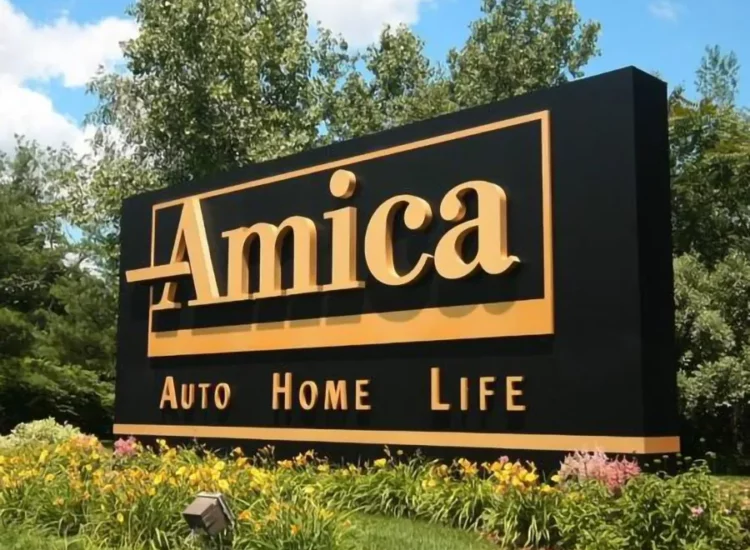In the poor district of St. Giles, in London, passers-by have puffy faces and bad eyes. Their breath stinks of a mixture of strong alcohol and raw onions. Some have a damp handkerchief wrapped around their head – a thrifty cure for a hangover.
Where, a few years earlier, beer and wine were still kings on the streets, it is now gin that triumphs. Between 1720 and 1750, its consumption almost tripled. And it’s the poor who struggle.
Gin and brandy, enemy brothers
This alcoholic drink is nicknamed “Madame Genève” (the title of an excellent song by Mark Knopfler, which can serve as a soundtrack to this story). It was first made in Holland from fermented wine flavored with juniper berries that the United Provinces exploited in their Indonesian colonies. From there, the drink would have passed onto British tables thanks to William of Orange, former governor of the Dutch provinces crowned king of England in 1689.
Gin also owes its popularity to the rival from across the Channel. Because the English are rather accustomed to sipping French brandevin, a drink made from distilled wine which was considered at the time as a remedy, an elixir and an antiseptic (“it prolongs health, dissipates superfluous humors, revives the heart and preserves youth”pleads a 13th century French doctor).
However, the animosity between the two neighbors mired in the wars in Spain and then Austria led to a cutting off of trade. The absence of French brandy in the British Isles opened the opening for “eau de genius” that it had been waiting for.
“Distilleries have found a way to reach the palates of the poor […] so much so that the working classes do not seem to appreciate French brandy as usual”, testifies the novelist Daniel Defoe. From the 1720s, the consumption of grain alcohol became widespread in most industrial cities, exploding in the poverty-stricken areas of London. You can even distill it at home, in your bathtub.
Flooding
While traditional breweries are highly regulated by the public authorities, requiring, in addition to a license, that their owner regularly attend mass, gin stalls are open to all winds and do not require any permit. This trade is even boosted by the government, which makes a big profit by taxing it. In 1730, no less than 7,000 gin dealers filled the capital – more than one shop for every hundred inhabitants! And, at the time, we didn’t cut it with tonic…
This is the beginning of what we call “the gin madness” (gin craze) or “the gin panic” (gin panic). The drink flowed freely: 22 million liters of eau-de-vie were produced in 1734. It seems that, in working-class neighborhoods, it was sold out of wheelbarrows, with tipsy passers-by coming to get their drink!
The distilleries become considerably richer, as do the cereal growers who can resell their stocks of spoiled cereals at a high price. Those from the slums take the opportunity to forget their suffering for a few hours, their poor limbs damaged by industry, their bodies ravaged by malnutrition and disease.
We observe unexpected behaviors. Already, it’s not just the old drunks who are staggering on the filthy pavement, but also the women! The drink, nicknamed “Ladies’ delight” (“lady’s delight”) is served in elegant, more feminine tumblers rather than large, tacky tankards. Which does not help the health of young mothers, despite an infant mortality rate which peaked at 35% in the middle of the 18th century…
The excesses are, it seems, numerous. Cases of public nudity, but also drunken brawls, and even murders, are reported in the London newspapers. Moralists blame mothers whose morals have been corrupted by drink, forced into prostitution and syphilitic illness to get their fix. Of course, panic opens the way to fantasy and exaggeration: it is said that two shrews cooked in gin were victims of spectacular spontaneous combustion!
Gin in court
These excesses, mostly confined to the outskirts of London, led the Middlesex grand jury to be alarmed: “Most of London’s poverty, murder and robbery could be attributed to this cause alone.” The British Parliament eventually intervened, enacting several laws in the first half of the 18th century to stem this lucrative trade. The texts are easily circumvented by facetious resellers who distribute their gin under other names: “parliamentary brandy”, “colic water” etc.
In 1751, a tougher law was passed, increasing taxes on drink and introducing new legal obligations for distributors. This measure, combined with poor harvests and a general fall in wages, will restore some sobriety to 18th century England. Good news: once reserved for the elite, tea is becoming more economical and becoming more popular in salons and bars. Distilled cereals are replaced by innocent berries. Soon, the tea time supplant the gin craze.














